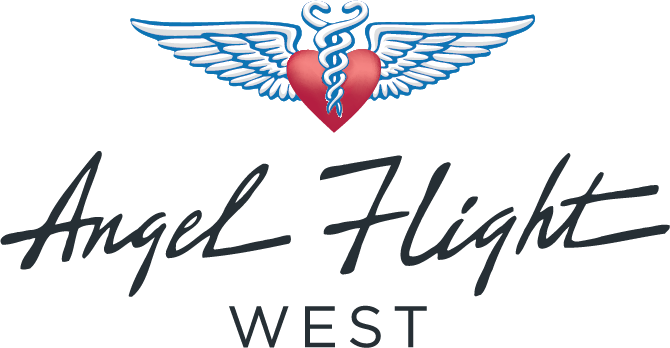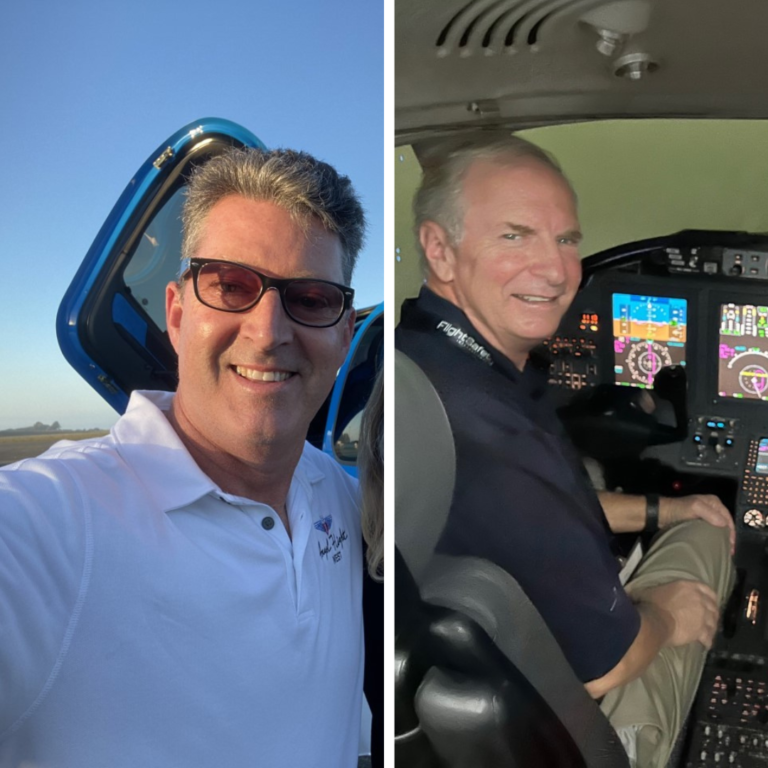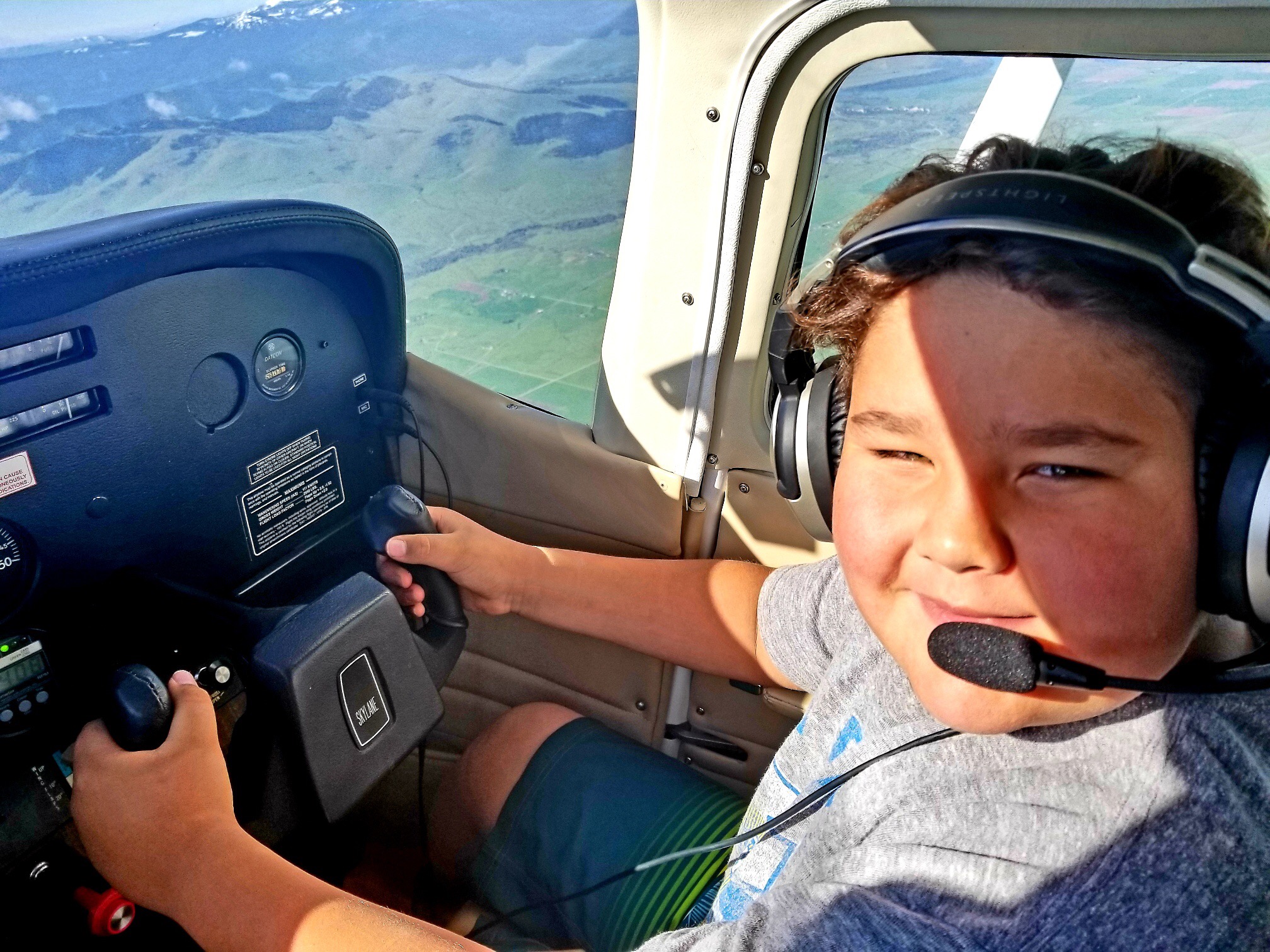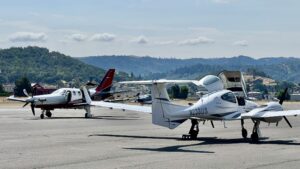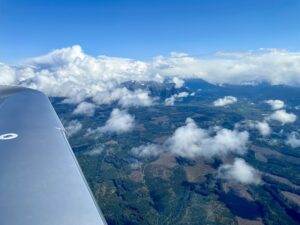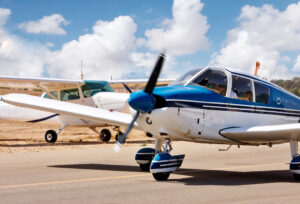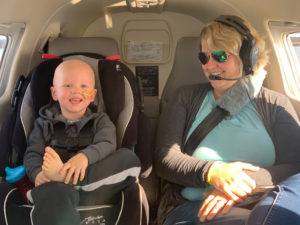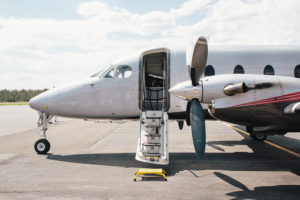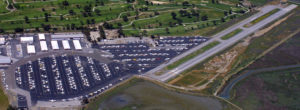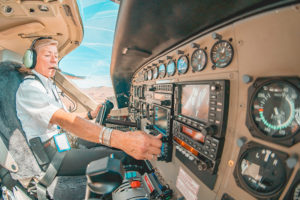Approximately, a year and a half ago the FAA issued Advisory Circular (AC) 120-123. It is regarding Flight Path Management (FPM) and it is addressed to Part 121/135 operations and Part 142 Training Centers. I am including a PDF link below, in case you are interested in all 46 pages of it! https://www.faa.gov/documentLibrary/media/Advisory_Circular/AC_120-123.pdf
Well, you say, what does that have to do with our general aviation flying? We might all be tempted to skip this article and go on with our day… Not so fast! 
“2.1 General. For the purpose of this AC, the meaning of FPM is the planning, execution, and assurance of the guidance and control of aircraft trajectory and energy, in flight or on the ground. “Flightpath” means trajectory (lateral, longitudinal, and vertical) and energy state of the aircraft. “Flightpath” includes “ground path” if the aircraft is in motion on the ground.
2.1.1 Ensuring that the aircraft is on a safe and correct flightpath is the highest priority of all pilots on the flightcrew. Ensuring the airplane is on the correct flightpath includes the actions necessary to check/verify that the flightpath is correct and to intervene as necessary if it is not correct.
2.1.2 Each pilot is responsible for: • Being fully aware of the current and desired flightpath of the aircraft, and • Being fully capable of manually flying the aircraft to achieve the desired flightpath.”
I think we can all agree that Loss of Control (LOC) has been, and remains as one of the leading causes of General Aviation incidents/accidents. But what could be a leading root cause of Loss of Control and therefore the loss of Flight Path Management? Distractions! There will always be distractions, however, what is most important is how we handle those distractions. Bruce wrote an article in July of 2023 regarding distractions. https://angelflightwest.org/news/july-safety-update/
However, I would like to address this subject under the “umbrella” of Threat and Error Management (TEM) as well. https://angelflightwest.org/news/april-2023-safety-report/
Distractions as Threats. In aviation we have a multitude of Threats that we face daily that are actually beyond our control, such as, ATC, weather, complex airspace, complex clearances, complex obstacle departures and complex approaches, to name a few. To illustrate, let’s draw a circle shape and list those Threats in there. In the center of the circle we have the one and only thing that we actually can control, OURSELVES! In the space between ourselves and the outer circle with all the exterior Threats, that we cannot control, we actually have a zone of INFLUENCE. The things that we can do to influence the Threats=Distractions that we have no control over. By controlling ourselves, we can influence the factors that we cannot control. So, when does a distraction (Threat) become an Error? When we are indeed distracted by a distraction. Now we need to find a way to repair that Error so that we can return to Safe Operations.
Methods for influencing exterior Threats = Distractions:
Knowledge. How well do we know our airplane, or VFR/IFR procedures? Do we study regularly? If we are faced with a distraction of a complex re-route clearance for example, involving new airways etc, the best way to mitigate this distraction/Threat from becoming an Error is to know our navigation system well and to feel comfortable with its operation. That requires preparation, study and practice. If we feel that we are weak in certain areas, we should commit to addressing them.
Skill-set. As you all know, knowledge alone does not make us perform good short field landings, or good ILS approaches, etc. Skill-sets require practice and training. How often do we get training to humble ourselves and to re-learn or practice certain skills? How often do we chair-fly maneuvers to effectively “trick” our brains with visualization in order to improve our skill-set? Again, only we know our weak areas, so it is incumbent among all of us to practice and train those skills and also receive instruction so that we can potentially discover areas that we didn’t even realize that we are weak on.
Limit multitasking. Multitasking….we all do it. But in actuality that is not what we are doing. Instead, we are simply dividing our attention between multiple tasks. We can’t do multiple things at the same time. What we do is multiple things, not as effectively. For example, I frequently eat when I watch TV. Therefore, I don’t eat as well, nor watch TV with attentiveness. Is that the end of the world? Of course not. But what about if we are single pilot and we are doing a checklist, or programing our navigation system while we are taxiing? We are not taxiing with attentiveness, nor are we performing the other task with full attention. We must resist this temptation, take the time to be single minded and one-pointed in our tasks and we will be far more equipped to influence the inevitable distractions/Threats.
Physiology. When we are distracted, our body typically responds in the same fashion as when we are startled. For example, loss of focus, tunnel vision, potential flight response, etc. One technique that I use quite frequently when I am flying and I have found very effective is Tactical Breathing and vision control. 4 second inhalation, hold breath for 4 seconds and exhale for at least 4 seconds. It reengages your parasympathetic nervous system and ultimately your focus and attention. Then a slow, methodical movement of our head, looking right, center and left. This opens our focus and mitigates tunnel vision. This all sounds simple, yet it is extremely effective. Both the military and the airlines teach these simple methods to their pilots. Give them a try!
Flying is fun, we are all passionate about it and the volunteer work that you all do for Angel Flight West is priceless. But, when we show up to go fly, are we ready for our worst day?
Remember, we will not “rise to the occasion”. Instead, we will “fail” to the level of our knowledge and training.
Thank you kindly for your attention and wishing you all a safe and good summer.
In safety,
Alexi Stavropoulos
AFW Safety Officer
AlexiosS@angelflightwest.org
